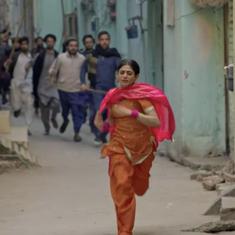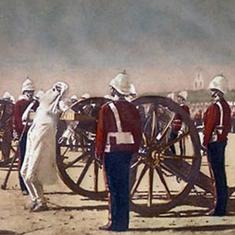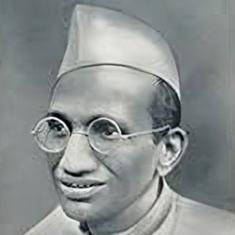In a week when most of the headlines revolved around two events where the status quo had been vociferously challenged, the All India Football Federation avoided the temptation to join the bandwagon.
Stephen Constantine, who has been in charge of the India national football team for the last 18 months, was handed an extension till December 2017 to spearhead India’s mission of making it to the AFC Asian Cup 2019.
This is going to be an uphill task for the British tactician. To put things into perspective, India have qualified for the continental competition only once in the last 30 years – in 2011.
New faces, lots of them
While analysing whether the governing body was right to hand him a new deal, one should first take a look at how the Blue Tigers have performed under Stephen’s tutelage.
The performance graph of Sunil Chhetri and Co. during his reign has followed an inverted bell-shaped curve. The unit started off with a convincing win against Nepal, before going on to lose five consecutive World Cup qualifiers.
However, they bounced back strongly after that, winning the SAFF Championship, the home match against Guam and most recently, a convincing 4-1 victory against higher-ranked Puerto Rico.
The former Nepal coach has toiled hard to put in place a scouting system involving former India internationals, apart from giving chances to numerous young faces. In his short stint, he has handed debuts to 29 players, and finally in the last six months, the team seems to be taking shape.
After enduring a seven match winless run in 2015, which included five defeats, he has guided India to eight wins in the last ten fixtures.
Dismal form in the World Cup qualifiers
The major criticism of Constantine has been regarding the dismal form the team went through in the World Cup qualifiers, where the loss against minnows Guam was extensively used as a metaphor to highlight India’s struggles.
India finished at the bottom of the five-member group, losing seven of their eight encounters, which undoubtedly is an abysmal showing. However, the fact remains that this is nothing new from the team and India have not won an away match out of the sub-continent since August 2004.
So, while the defeat against the Pacific island was much-discussed, it was not any deviation from the usual trend. Rather, the expectation was higher from the team in the home ties against Turkmenistan and Oman, but they failed to show their character.
Even though they failed to show up on the big matches, their record against the South Asian Football Federation teams was enviable.
The likes of Rowllin Borges, Gurpreet Singh Sandhu and Eugeneson Lyngdoh have all established themselves as first-team regulars during this period, a testament to the coach’s vision of creating a pool of players who would keep on serving the country in the coming year.
So, while it is true that the performance has been below par, it’s also a fact that some progress has been made in nurturing the next generation of footballers, something which was mostly overlooked during the Wim Koevermans era.
Westwood the alternative?
The only name that was doing the rounds to replace Constantine was that of Ashley Westwood. The Manchester United youth product’s remarkable record at the helm of Bengaluru FC, where he won two I-Leagues and one Federation Cup in three seasons, was the reason he was the second choice for the job.
However, the AIFF didn’t want to take the risk of appointing a coach based on only three years of coaching experience in domestic football.
A quick look at Indian football’s history of the last 50 years also reveals an interesting trend. Foreign managers like Bob Bootland, Joe Kiennar, Jozsef Gelei and Wim Koevermans, who had no experience of handling international teams before taking charge of India, have failed miserably in the job, giving no new dimensions to the country’s faltering footballing fortunes.
On the other hand, the more celebrated coaches like Ciric Milovan, Rustam Akramov, Stephen Constantine and Bob Houghton had handled other national teams before being appointed.
Roping in Westwood would have meant AIFF was going down the alley which has produced little results and they have chosen to play it safe.
Also, Westwood’s penchant to inculcate professionalism in his team is well documented and many would argue that the structure would have been hard to replicate in the national team, where players unite for a week once in a couple of months. Asking the players to abide by a common fitness regime would have been unrealistic given many of the clubs lack the basic infrastructure.
The former Bengaluru coach’s outspoken nature could have resulted in friction with the other stakeholders and with AIFF’s main priority now being the smooth organization of the U-17 World Cup next year, it is reasonable that they wanted to keep this potential problems at bay.
So, even though Constantine’s renewal is not a radical step to make the national team click, it was also the most intuitive way to deal with the situation. It would have been unfair to sack the coach after the team started giving out the results and it remains to be seen whether his boys can make it count on the big stage when the third qualifying round for Asian Cup commences next year.
Atanu Mitra has been covering Indian football for more than four years. He tweets @Atanu00.









